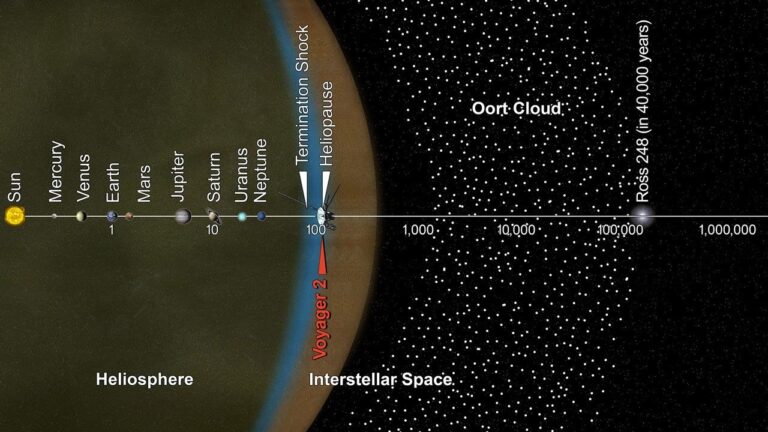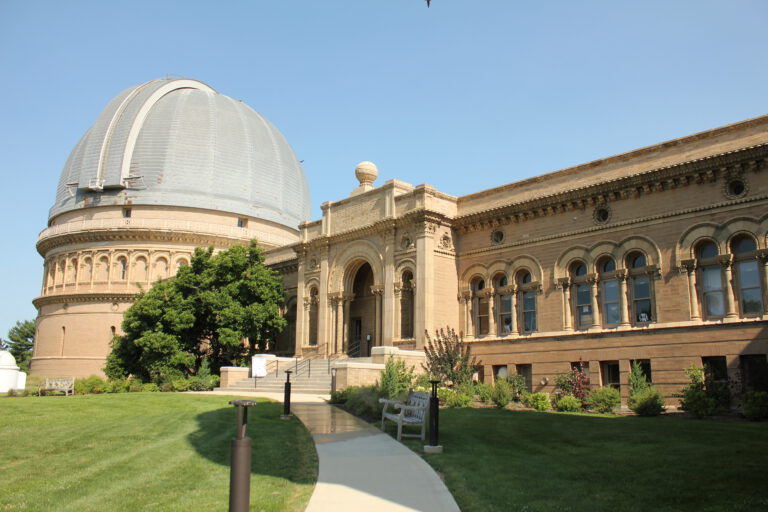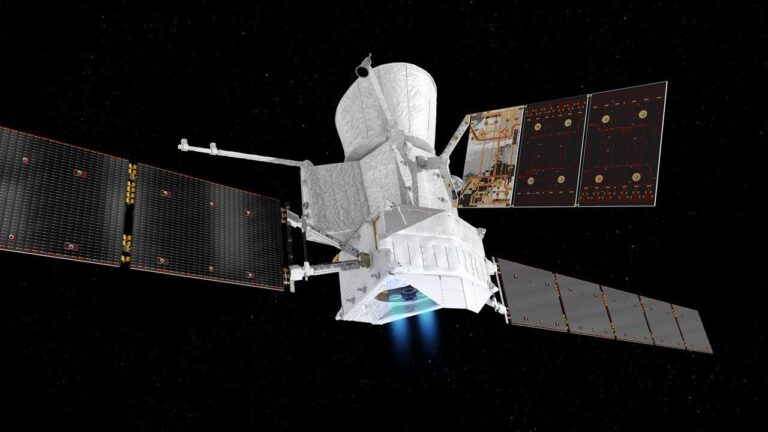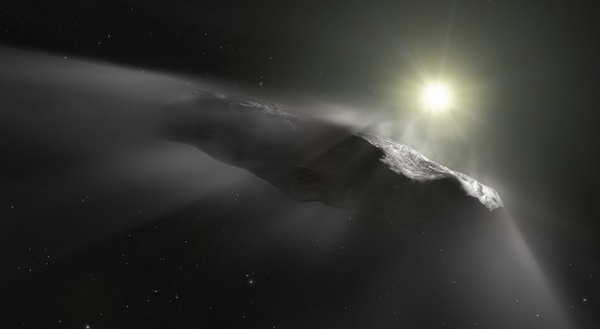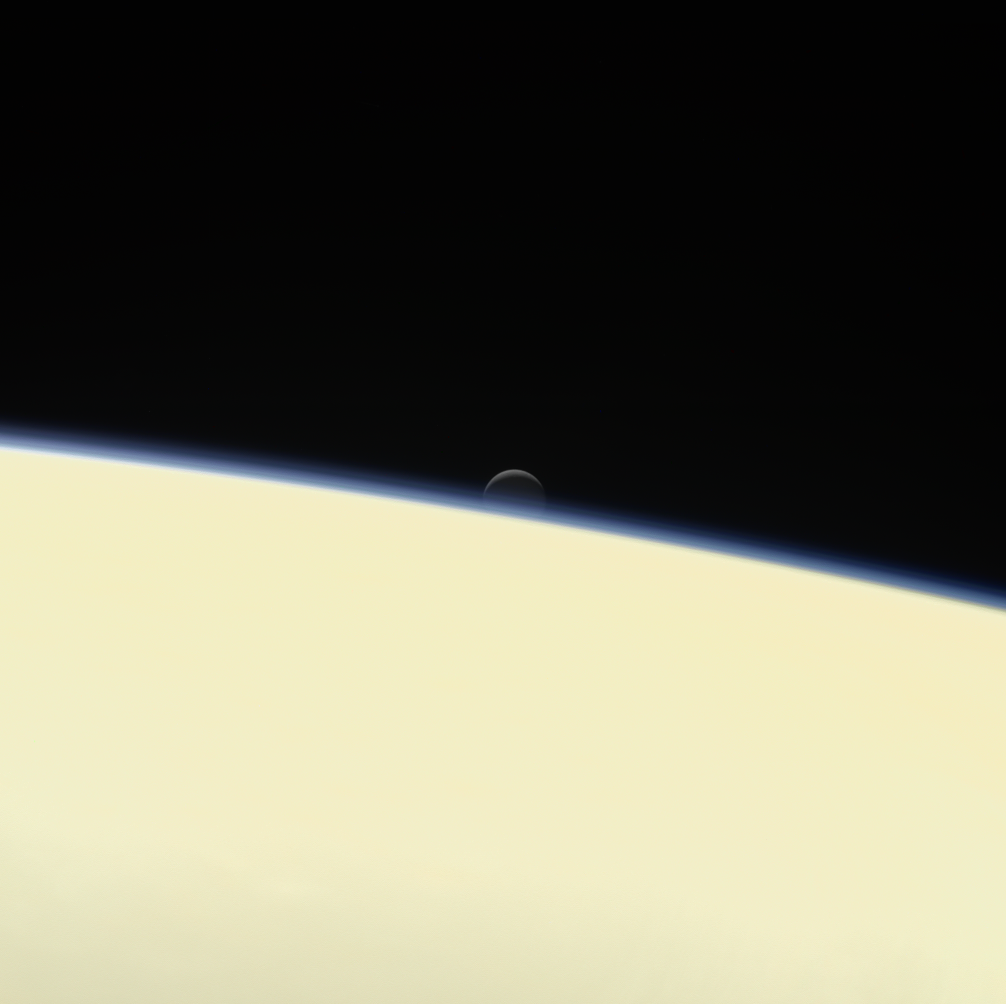
Key Takeaways:
- The Cassini mission, launched October 15, 1997, concluded on September 15, 2017, after more than 7,000 days of operation.
- Cassini's observations yielded significant discoveries, including liquid methane lakes on Titan, evidence suggesting Enceladus' potential habitability and its south polar geysers, and detailed imagery of Saturn's storms and rings.
- To prevent potential contamination of Saturn's moons, Cassini's final act involved a controlled "Grand Finale" descent into Saturn's atmosphere.
- During its atmospheric entry, Cassini continued transmitting data on Saturn's core, gravity, magnetic fields, and atmosphere before disintegrating.
After over 7,000 days in space, the Cassini mission ended on Sept. 15, 2017. Since its Oct. 15, 1997 launch, the spacecraft had returned a wealth of new knowledge and images of Saturn and its moons. Thanks to Cassini’s observations, researchers discovered liquid methane lakes on Titan, the potential habitability of Enceladus and the geysers of water erupting from the moon’s south pole, unprecedented views of Saturn’s storms and rings, and much, much more. Its final act was the so-called “Grand Finale”: The spacecraft was running out of fuel, so to prevent it from impacting and contaminating the moons, it was scheduled to perform an intentional dive into Saturn’s atmosphere. A final flyby of Titan set Cassini’s trajectory, and on Sept. 15, 2017, the orbiter plunged towards the gas giant. Its instruments kept returning data throughout the entire finale, giving researchers new information about the planet’s core, gravity, magnetic fields, and atmosphere. Ultimately, Cassini disintegrated and vaporized in Saturn’s atmosphere within minutes – but the treasure-trove of data it supplied continues to be analyzed.



